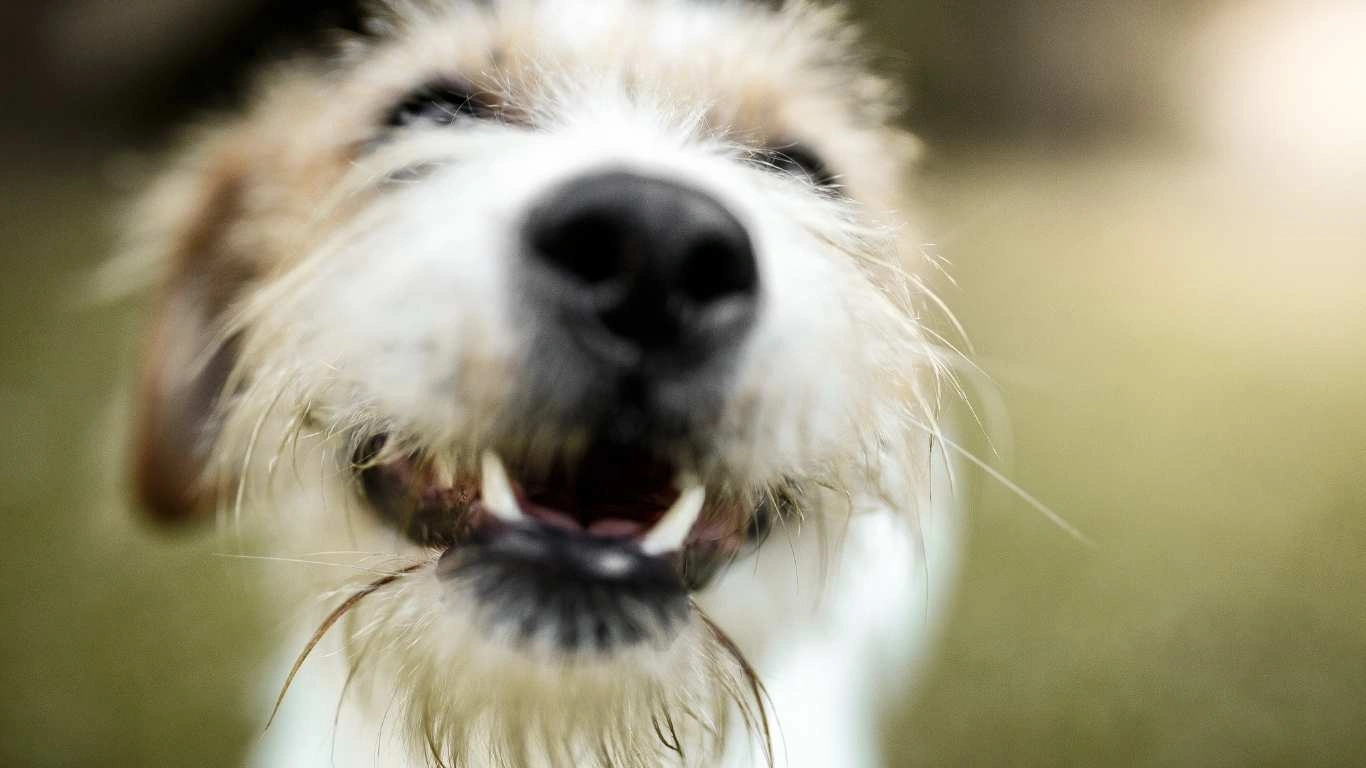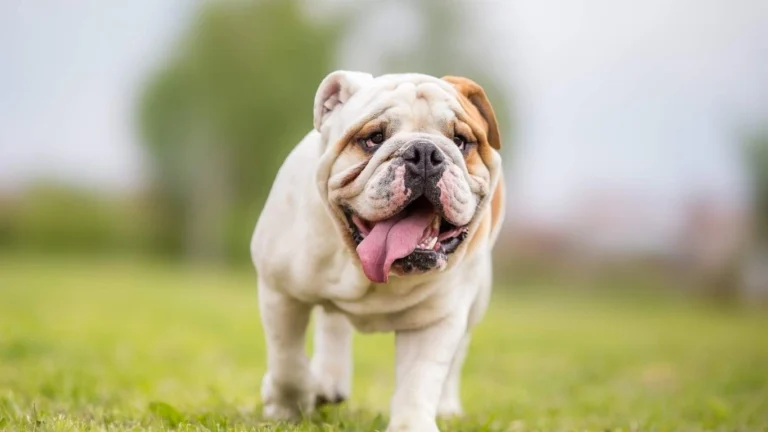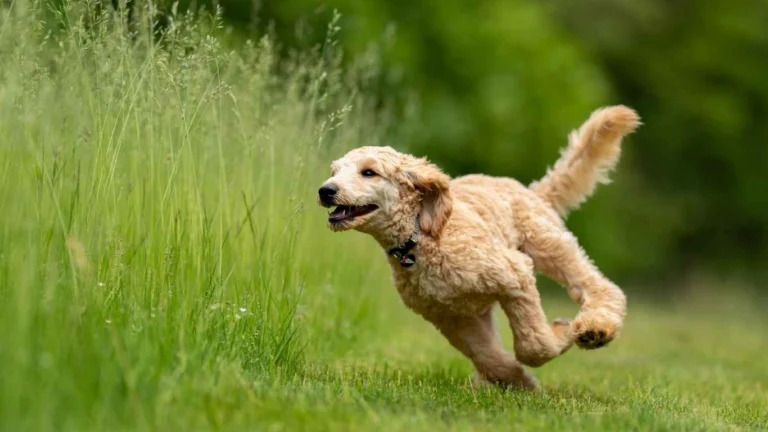Best Home-Cooked Meals for Post-Operative Dogs That Speed Up Healing
If you’re searching for the best home-cooked meals for post-operative dogs, you’re in the right place. As someone who’s spent years working as an Animal Care Specialist in both busy shelters and neighborhood pet clinics, I’ve had my fair share of nervous pups and even more nervous pet parents asking what on earth they should be feeding their furry friend after surgery. Trust me, I get it. When your dog’s just come out of a procedure—whether it’s a spay, dental work, or something more serious—what they eat can really make a difference in how well and how quickly they bounce back.
Why Post-Op Nutrition Matters More Than You Think
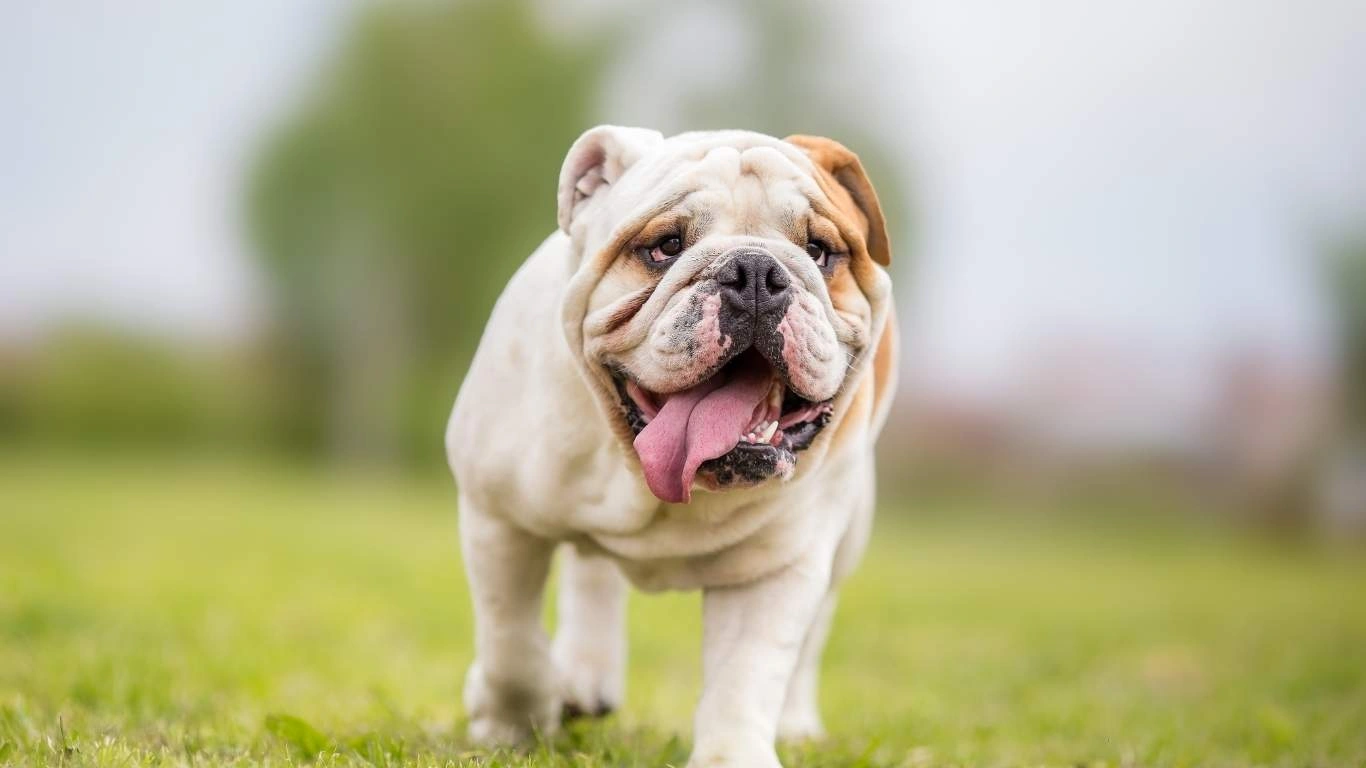
After surgery, your dog’s body is working overtime to heal. That means they need the right nutrients to support tissue repair, reduce inflammation, and boost their immune system. But here’s the catch: their appetite often dips. So you’re not only looking for healthy—you’re looking for tempting. And sometimes, that means ditching the dry kibble and reaching for the pot on the stove.
Over the years, I’ve found that dogs recovering from surgery respond best to meals that are:
- Easy to digest – Think soft textures and gentle ingredients
- Nutrient-dense – A little should go a long way
- Hydrating – Especially if they’re not drinking as much water
- Low-fat, low-sodium – To avoid taxing the liver and kidneys
What Vets Usually Recommend After Surgery
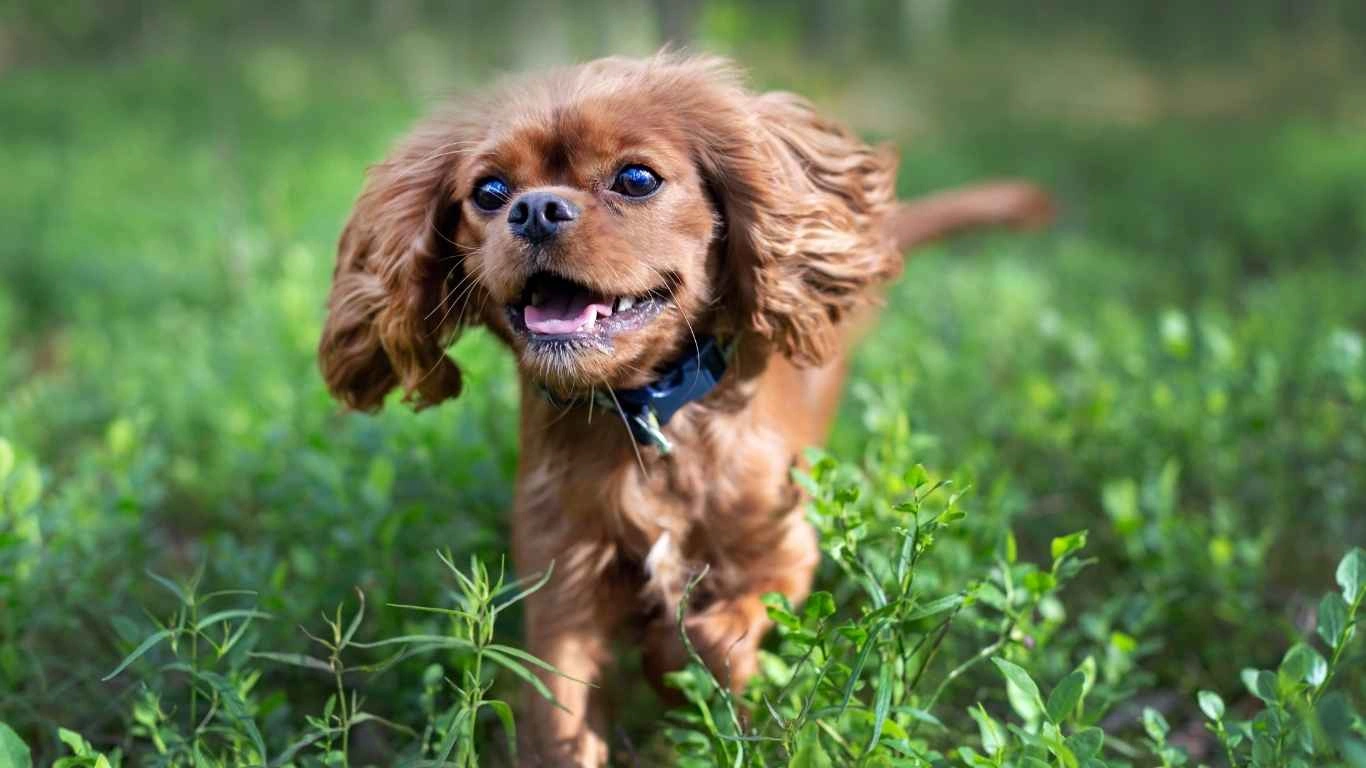
Vets usually suggest bland diets right after surgery, especially within the first 24 to 48 hours. That might mean boiled chicken and rice or a vet-prescribed recovery formula. These are safe bets, but let’s be honest—they get boring fast. I’ve had clients call in saying their dog flat-out refused that plain rice combo by Day 2. That’s when we start getting creative.
Listen to Your Dog’s Body Language
One of the perks of working in shelters is that you get a sixth sense for doggy body language. You’ll know when they’re hungry but just can’t muster the enthusiasm. Tail flicking, sniffing but not biting, walking away but looking back at the bowl—that’s them telling you, “Nice try, but no thanks.” That’s your cue to level up the flavor without compromising recovery.
Home-Cooked Healing: Recipes Dogs Love
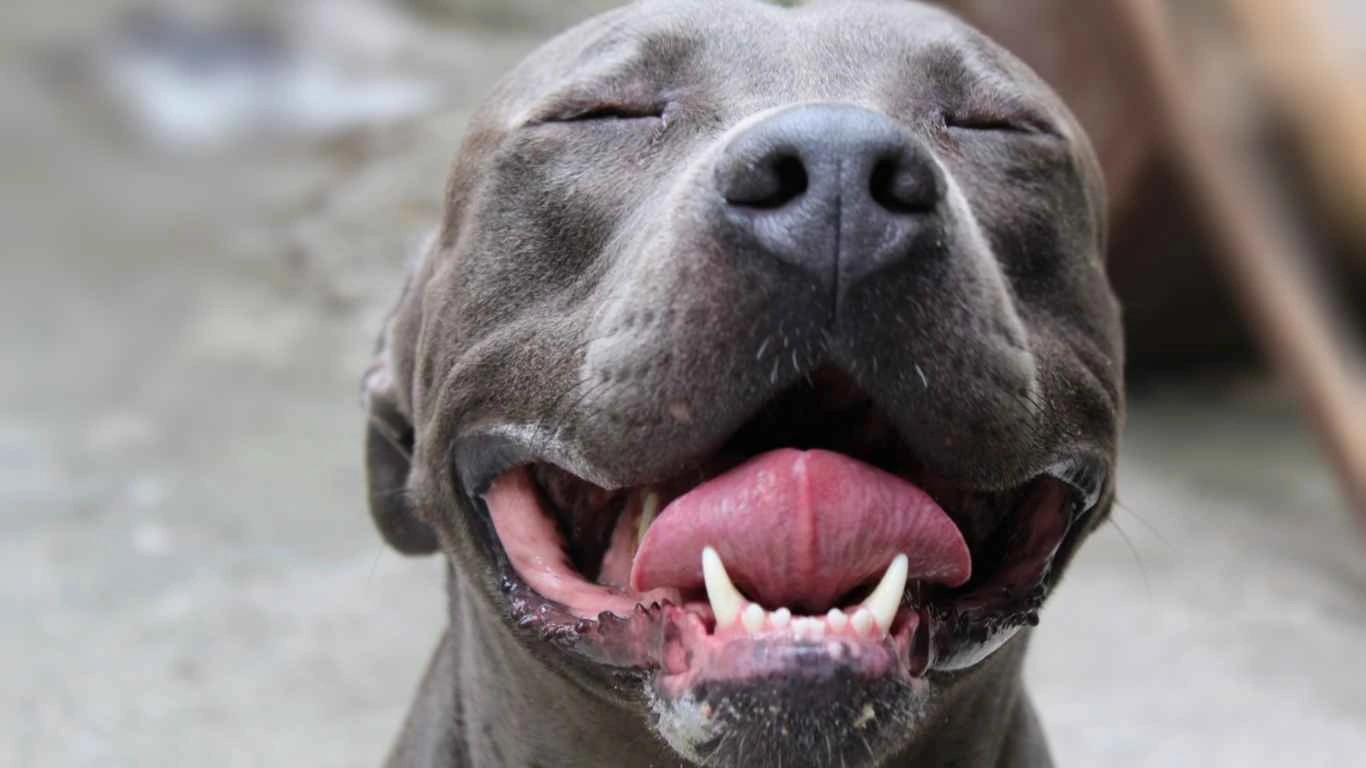
Now let’s talk about what I call my “clinic go-tos”—home-cooked meals I’ve either prepared myself for recovering fosters or recommended to pet owners who were desperate to get their dogs to eat something… anything. These aren’t fancy five-star recipes, but they are nutritious, easy to prep, and packed with flavor and healing ingredients.
Chicken & Pumpkin Stew
- 1 skinless chicken breast, boiled and shredded
- 1/2 cup plain canned pumpkin (not pie mix!)
- 1/4 cup cooked white rice
- 1 tsp fish oil (optional for extra omega-3s)
This combo is soothing on the stomach and loaded with fiber. Pumpkin helps firm up post-op loose stools (yep, that’s a real thing), while the fish oil supports joint healing and inflammation reduction. I’ve had arthritic dogs practically lick the bowl clean.
Ground Turkey & Sweet Potato Mash
- 1/2 pound ground turkey, lean and cooked through
- 1/2 cup mashed sweet potatoes
- 1/4 cup low-sodium chicken broth
- Optional: sprinkle of parsley for digestion
This one’s especially good for dogs with dental surgery recovery. It’s soft, warm, and comforting—plus sweet potato is full of antioxidants. One of my senior rescues, Lenny, refused to eat after a dental cleaning until we gave him this. Ate the whole bowl and then napped like a king.
Why Balance is Key in the Best Home-Cooked Meals for Post-Operative Dogs
Here’s the thing—while love is the secret ingredient (I swear they can taste it), it’s still important to keep meals balanced. You don’t need to be a canine nutritionist, but you do want to include a variety of protein, carbs, and a touch of healthy fat. If you’re planning to home cook beyond the recovery window, though, I definitely recommend working with your vet to make sure your recipe hits all the nutritional marks.
So whether you’ve got a picky poodle or a sluggish shepherd, just know this: healing takes time, but the right food can make a world of difference. I’ve seen it with my own eyes, in tail wags and clean bowls. And that’s what it’s all about, right?
Understanding Portion Control and Feeding Schedules
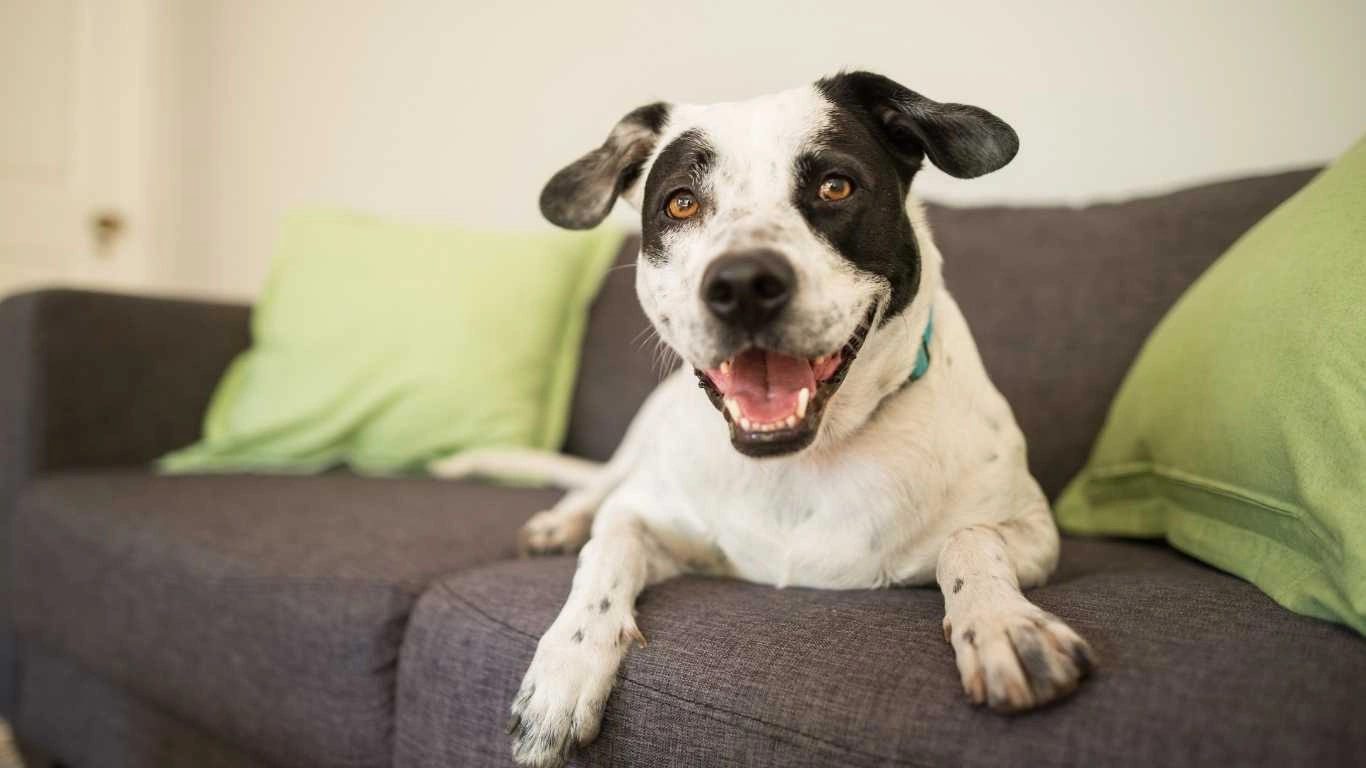
One mistake I used to see all the time in my clinic days? Overfeeding too soon. I totally get it—you finally got your pup to eat something, so the instinct is to give them more. But here’s the deal: post-op tummies can be super sensitive, and overdoing it can lead to vomiting or diarrhea, which is the last thing you want during recovery.
What’s worked for me and many of the pet parents I’ve helped is small, frequent meals. I typically recommend splitting their usual portion into 3–4 smaller servings throughout the day. That way, their system isn’t overwhelmed, and you’ve got multiple chances to sneak in those healing nutrients.
Sample Post-Op Feeding Schedule
- Morning (8:00 AM): Light meal with easily digestible protein and soft carbs
- Midday (12:00 PM): Hydrating snack like bone broth or pumpkin mash
- Afternoon (4:00 PM): Second full meal, warm and soft
- Evening (8:00 PM): Light bite or spoon of plain Greek yogurt (if dairy is tolerated)
In my experience, this rhythm helps keep energy levels stable and avoids blood sugar dips—especially important if your dog’s been on pain meds or antibiotics, which can sometimes mess with appetite and digestion.
Boosting Recovery with Natural Supplements
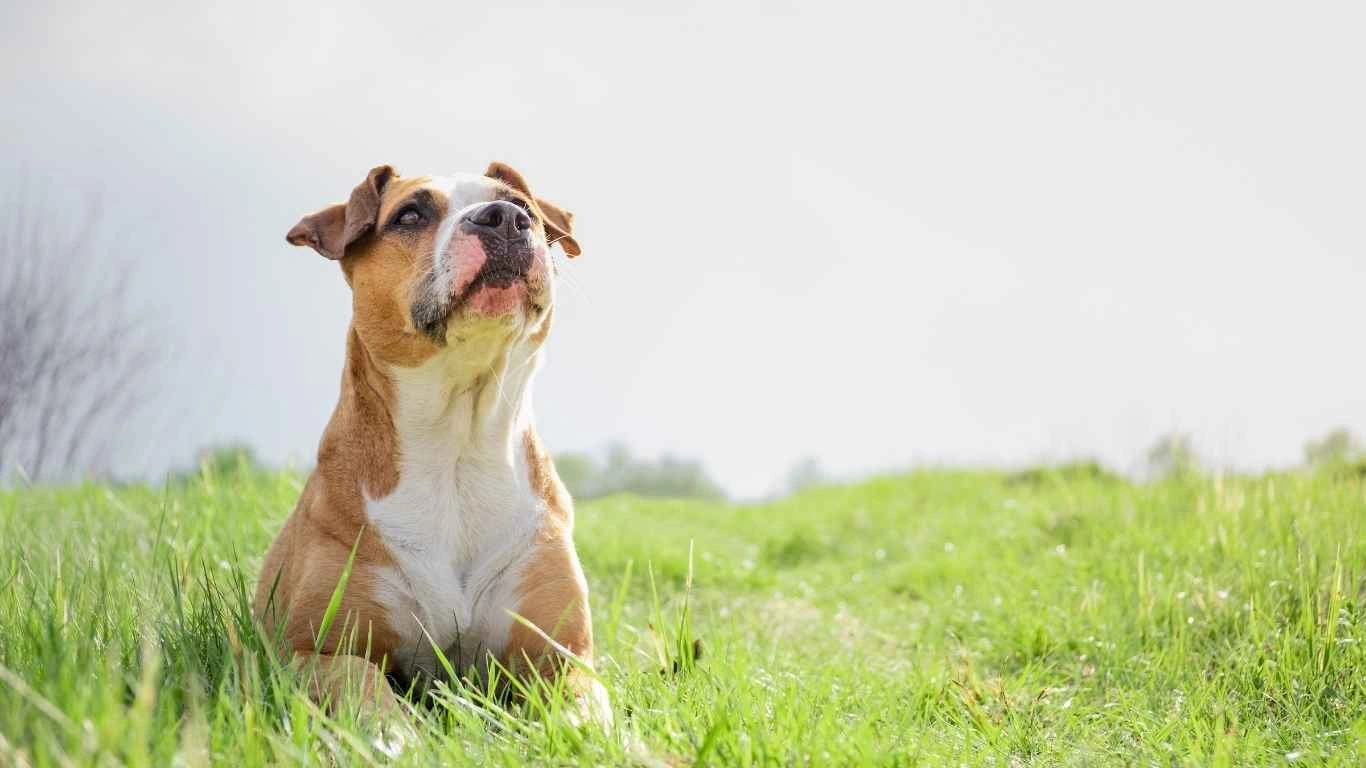
Now I’m not one to jump on every supplement bandwagon, but there are a few I’ve personally seen work wonders in the recovery process. Of course, always check with your vet first—every dog’s situation is unique, and not all supplements play nice with certain meds or conditions.
Top Recovery-Friendly Additions
- Bone Broth: A gentle, hydrating base packed with collagen, minerals, and amino acids. Great for picky eaters too!
- Fish Oil: Rich in omega-3s, it supports healing, reduces inflammation, and can help with post-op joint stiffness.
- Probiotics: Surgery and meds can throw the gut out of whack. A good dog-specific probiotic can help get things moving normally again.
- Turmeric (in tiny amounts): Natural anti-inflammatory—I’ve used it with success in older rescues recovering from orthopedic surgeries. Just a pinch mixed into food!
I once had a boxer mix named Luna who wouldn’t touch anything for two days post-surgery. We stirred a spoonful of warm bone broth into her plain rice and turkey mash, and boom—tail wagging and appetite back. Sometimes it really is the little extras that make a big impact.
Foods to Absolutely Avoid During Recovery

Alright, this part’s crucial. While it’s tempting to offer your dog little treats to cheer them up, certain foods can seriously set back their recovery—or even land them back at the vet. I’ve seen it happen more than once, unfortunately.
Steer Clear of These Common Offenders:
- Fatty Meats: Bacon, sausage, or fatty beef can trigger pancreatitis, especially dangerous post-op.
- Dairy (for some dogs): Cheese and milk may cause digestive upset in lactose-sensitive pups.
- Seasoned or Spicy Foods: Garlic, onion, and salt are all toxic or hard on healing organs.
- Grapes and Raisins: Total no-go. Even small amounts can be deadly to dogs.
- Store-Bought Broths with Additives: Always read the label—some broths sneak in onion powder or too much sodium.
Here’s a tip I give all my first-time post-op clients: if you wouldn’t feed it to a toddler with a sensitive stomach, don’t give it to your dog recovering from surgery. Keep it clean, simple, and nourishing. Their bodies are doing a lot of work behind the scenes, even if they’re just curled up on the couch snoring.
Monitoring Progress Through Mealtime
One of the underrated ways to keep an eye on your dog’s recovery? Watch how and what they eat. Over the years, I’ve learned to pick up subtle cues just by observing their appetite and response to food.
If your dog is:
- Showing increased interest in food – That’s usually a great sign they’re on the mend.
- Still disinterested after 48 hours – Time to call your vet and rule out pain or infection.
- Eating but vomiting after meals – This could point to intolerance or post-op complications.
- Having soft or inconsistent stools – Totally normal for a few days, but keep monitoring.
There was a sweet senior dachshund named Bubbles I cared for after a hernia surgery. She wouldn’t touch kibble, but she perked up the minute I brought her a warm spoonful of mashed carrots and turkey. That little moment told me her appetite was intact—she just needed something more comforting and gentle on her stomach. That’s the kind of insight you get from paying attention during mealtime.
Transitioning Back to Regular Meals
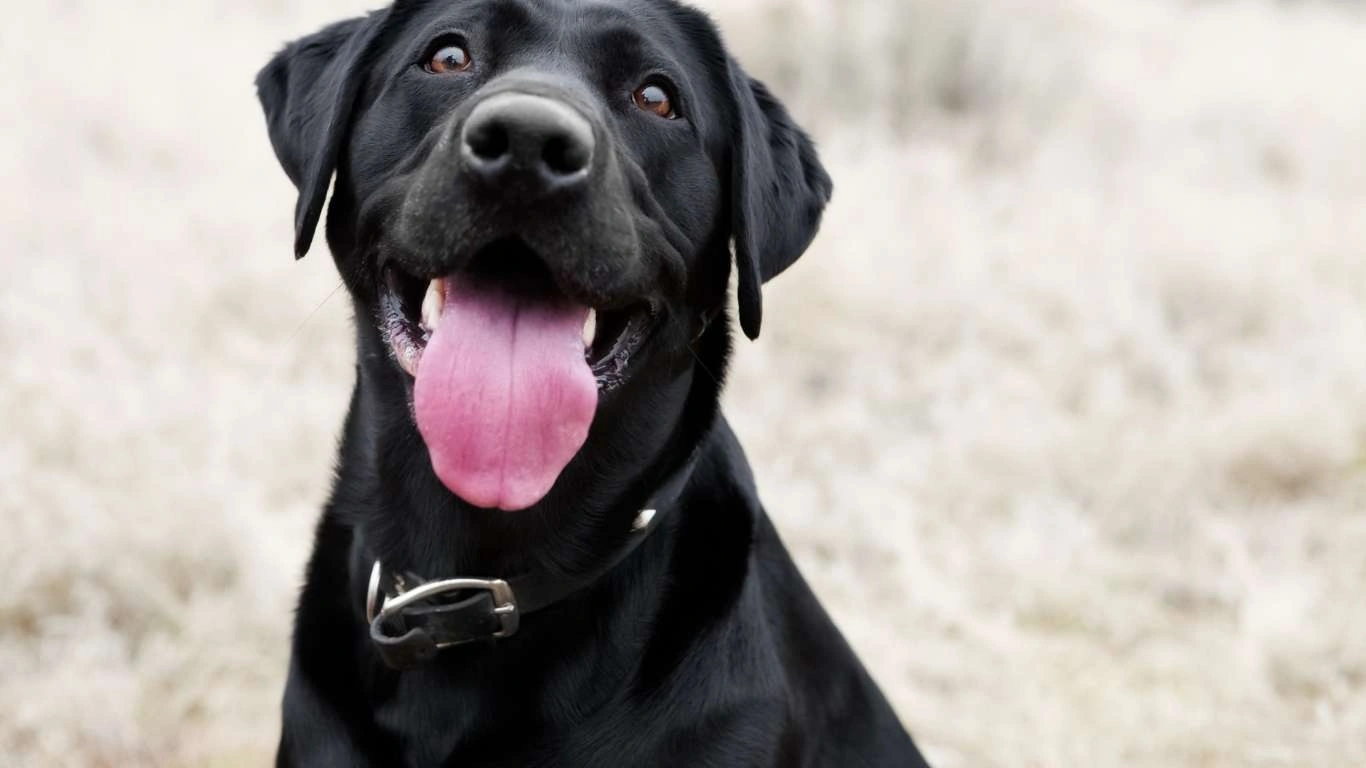
Once your dog starts showing signs of recovery—like increased energy, a wagging tail, and a healthy appetite—it’s time to gradually reintroduce their regular diet. But remember, this transition should be slow and steady. Sudden changes can upset their digestive system, undoing all the progress made during the recovery phase.
In my experience, a good rule of thumb is the 75/25 approach. Start by mixing 75% of the recovery diet with 25% of their regular food. Over the next few days, adjust the ratio to 50/50, then 25/75, until they’re back to their normal meals. This gradual shift helps their digestive system adapt without any hiccups.
Signs Your Dog Is Ready
- Consistent appetite: They’re eating all their meals without hesitation.
- Normal bowel movements: No signs of diarrhea or constipation.
- Increased activity: They’re more playful and alert.
If you notice any setbacks during this transition—like vomiting, diarrhea, or loss of appetite—pause and consult your vet. It’s better to be cautious and ensure your furry friend is truly ready for the change.
Long-Term Benefits of Home-Cooked Meals
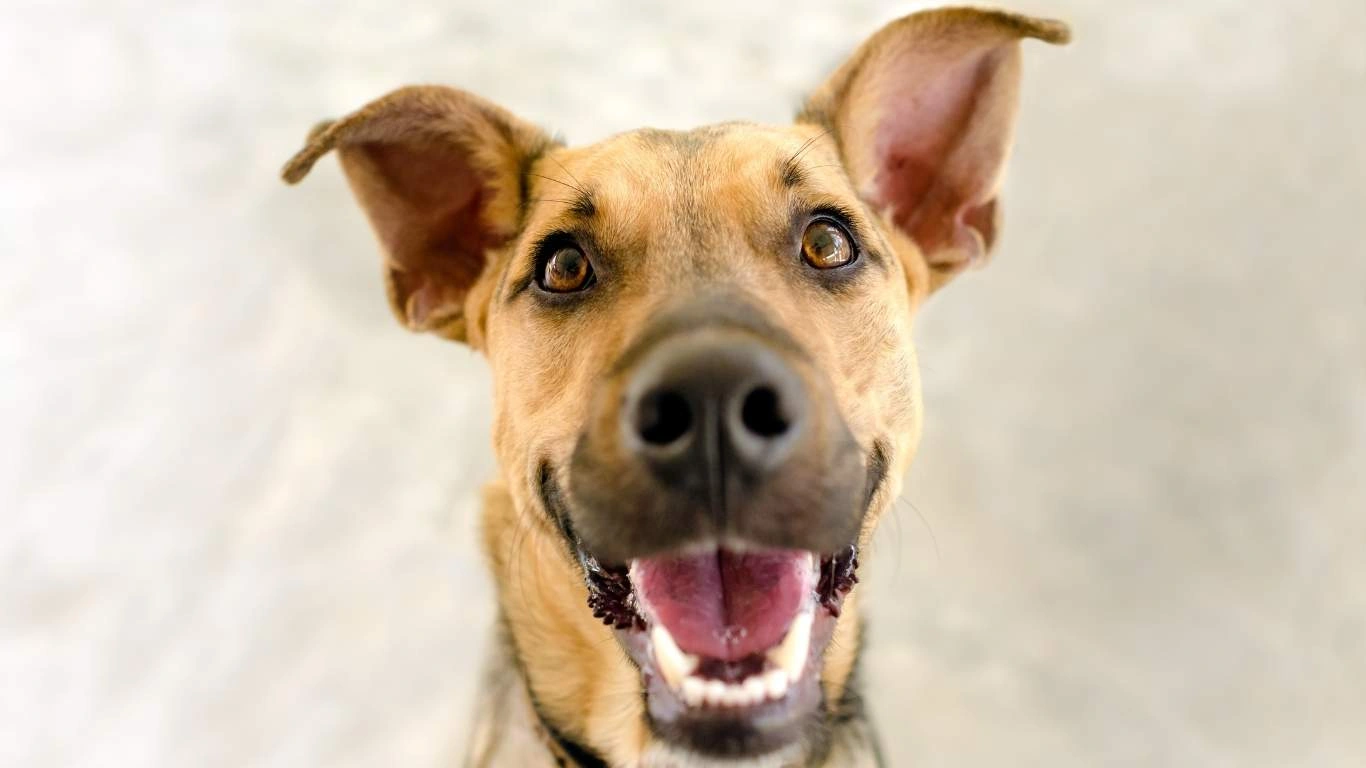
While home-cooked meals are excellent during the recovery phase, many pet owners find that their dogs thrive on these diets long-term. I’ve had countless clients tell me how their dogs have shinier coats, more energy, and fewer digestive issues after switching to home-prepared meals.
However, it’s crucial to ensure that these meals are balanced and meet all of your dog’s nutritional needs. Collaborate with your vet or a pet nutritionist to create a meal plan that’s tailored to your dog’s age, breed, and health status. Regular check-ups and monitoring are essential to ensure they’re getting all the necessary nutrients.
Key Components of a Balanced Diet
- Protein: Lean meats like chicken, turkey, or fish.
- Carbohydrates: Brown rice, sweet potatoes, or oats.
- Vegetables: Carrots, green beans, or spinach.
- Fats: Healthy oils like fish oil or flaxseed oil.
- Supplements: As recommended by your vet, to fill any nutritional gaps.
Remember, every dog is unique. What works for one might not work for another. Regular monitoring and adjustments are key to ensuring your dog remains healthy and happy on a home-cooked diet.
References
- Parliament Animal Hospital: What Foods are Good for Dogs After Surgery?
- Arden Grange: Easy Recipe for a Homemade Recovery Diet for Dogs
- American Kennel Club: Choosing Ingredients for Homemade Dog Food
- The Spruce Pets: Vet-Approved Homemade Dog Food Recipes
Disclaimer
The information provided in this article is based on personal experiences and research. It is not intended to replace professional veterinary advice. Always consult with your veterinarian before making significant changes to your dog’s diet, especially during recovery from surgery. Every dog is unique, and their nutritional needs can vary based on age, breed, health status, and other factors.
